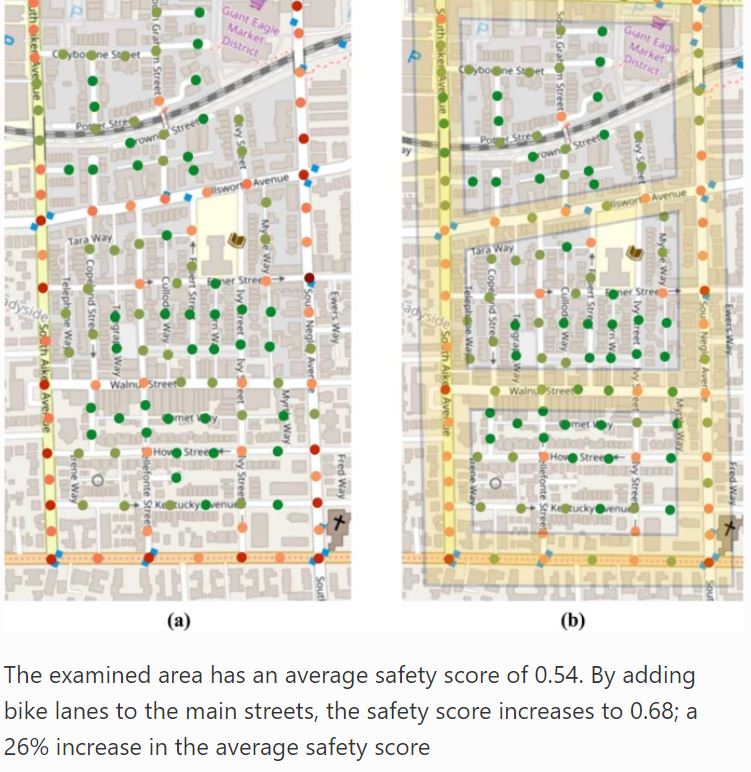Cycle lanes associated with reduced risk of accidents, claims new study
A study published today in EPJ Data Science Journal under the banner ‘A data-driven approach for assessing biking safety in cities’ claims that the presence of cycle lanes is associated with a reduced risk of severe accidents in cities.
Researchers at University of Pittsburgh, USA, combined bike accident data from Cyclestreet in London, alongside Boston and Pittsburgh stats collected between 2004 and 2017 with data on the infrastructure supporting and facilitating cycling, such as cycle lanes and protected cycle tracks, and the geography of these cities.
The authors found that higher speed limits, wider streets, closer proximity to the city center and intersections, curved streets and increased steepness were all associated with higher probabilities of severe accidents across all cities studied. The presence of cycle lanes was associated with a reduced risk of severe accidents.
The researchers found that 9.2% of the street length of London is equipped with dedicated cycle lanes and protected cycle tracks, compared to 5.6% for Boston and 2.8% for Pittsburgh.
To demonstrate the potential applications of their model, the authors created an interactive map of Pittsburgh that allows users to find out the risk of severe bike accidents in individual locations. The authors, who believe their analysis model to be transferrable to other cities, propose that policy makers could use similar interactive maps to identify where additional cycling infrastructure may be needed within a city.
Policy makers could also use the model to explore the impact that cycling infrastructure changes might have on the risk of severe accidents within cities. For example, the model predicted that adding bike lanes to the main streets of a specific area of Pittsburgh could increase average biking safety within the area by 26%.
Separately, researchers at the University of Colorado Denver and the University of New Mexico published findings in the Journal of Transport and Health last year, showing correlations between the presence of bike lanes and a “calming” effect on traffic; one that reduces tendencies to speed and ultimately reduces incidents.



